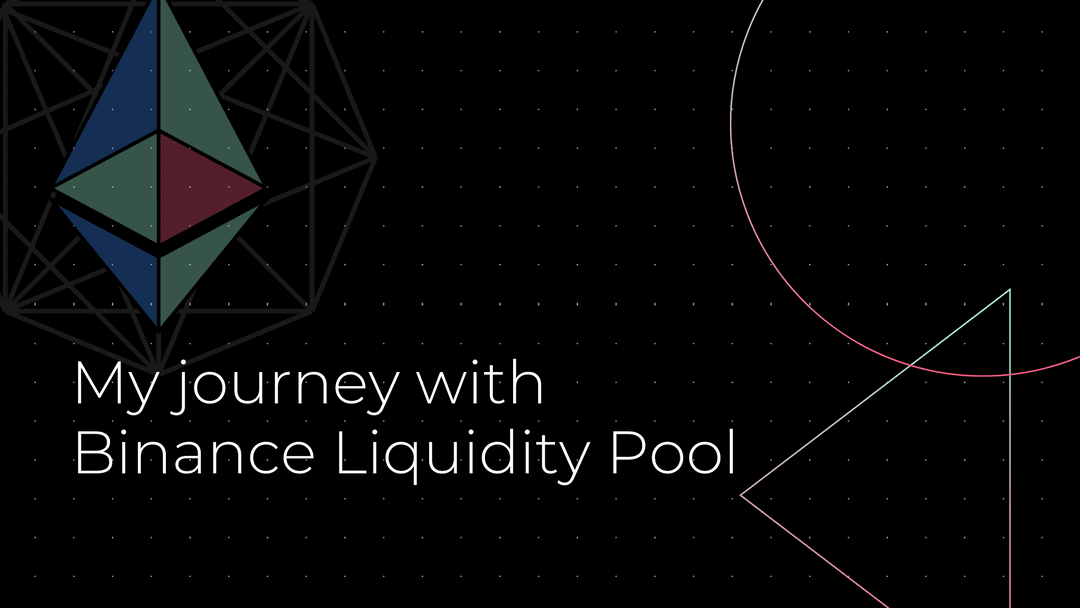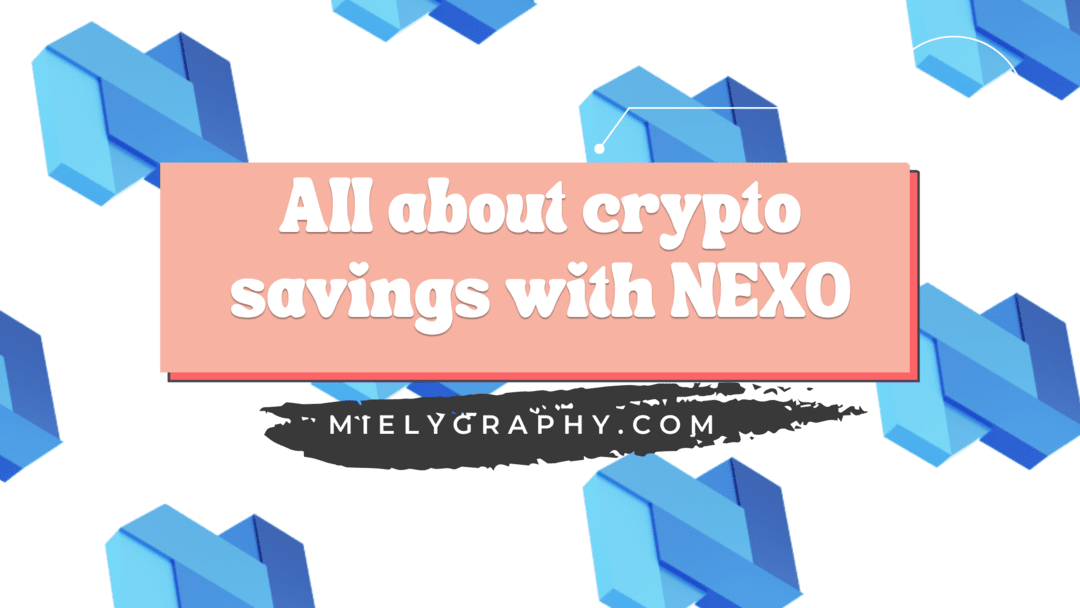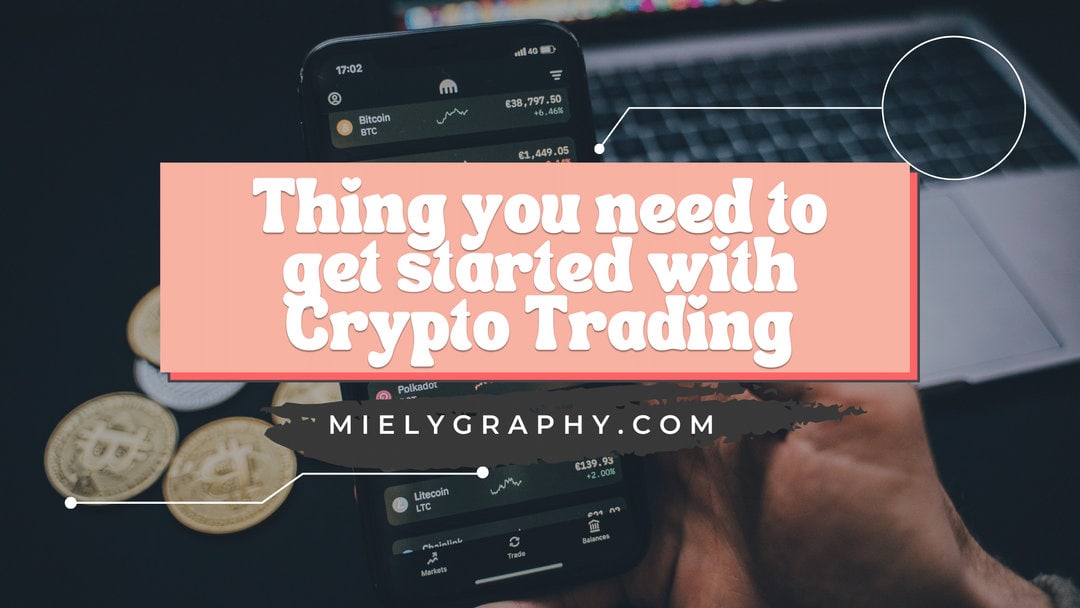I am enjoying my exploration with Binance so far even though I made some losses on some of my trades, my portfolio is still getting +27% profit at the time of writing this post. And that is because of the available staking offers and other products that make my assets grow little by little.
In my past posts and vlogs, I’ve been reiterating so much that my goal is to acquire more crypto assets this year than growing its value because I’m aiming for a bit longer goals. I’m not too good with trading and futures that’s why I’ve checked out other products that Binance offers like staking and liquidity pools. Most of these products are tagged as high-risk products. However, I found out that it can be very useful for my goals.
Today, I’ll discuss the Binance Liquidity Pool and how I understood and used the product for my mentioned goals. It’s for the norms as you could see in the title because I won’t really go too much with the technicalities of this product, I’m just here to share my own experiences. Also, just a disclaimer, this is not financial advice about how you should use it. I just really wanted to explain how it works (based on my pure logic), and it’s still up to you whether you should do the same, embrace the idea, or whatever.
Let’s start first with how Binance Liquidity Pool works?
BTW, I just found out that what I’m doing now (the collecting of crypto assets despite value) is called HODLING, (HODL “Hold On for Dear Life”). I just bumped into this term while writing and I think is worth mentioning.
With Binance you can be a liquidity provider by staking your assets for a certain pair(pool) and earn transaction fees and flexible interest. They say that this product/service is high-risk and may even result in a loss if the price of the currency fluctuated really badly. The Binance Liquidity Pool is developed based on AMM or Automatic Market Maker principle. It is a system that provides liquidity to the exchange it operates in through automated trading. It’s quite complicated for me to understand as a normal person but here are the things I learned about it:
- Liquidity is what makes the assets readily available.
- There are two types of trading in cryptocurrencies, the one where it is managed by a company and the one the no one owns(decentralized)
- Binance Liquidity Pool, makes the trades go quickly because there are liquidity providers that staked their assets. Therefore the trades no longer need waiting because the funds are on the pool already and are basically pre-funded by the liquidity providers.
- Whenever a trade happens in the liquidity pool, trading fees apply(well in any trading platform fees apply) and liquidity providers earn a portion of it.
To sum it up there investors like us are the liquidity providers and the pool is the marketplace for traders. I’m still unsure about my explanation but after reading and watching too much stuff about it that’s how I understood it. For further info about it, you can check it out from Binance FAQ. If you know better you can definitely start writing your thoughts in the comment section.
How to become a liquidity provider in Binance?
Before I really go with what I did and my experience with the Binance Liquidity Pool, let me tell you first how to become a liquidity provider.
First of all, you need to become a member of Binance, if you’re not yet a member I’d highly appreciate it if you’ll use our affiliate link so we could earn commissions from trading fees. And as a reader of our blog, we also share 10 % of that commission.
You must also have a balance, I suggest you start with BUSD. BUSD is a Binance stablecoin which somewhat similar to USD. If you have a balance already, you can go to the Binance Liquid Swap section. On desktop, it is under the Finance category, and on the mobile app, you can see it on the home if you click the ‘more’ icon.
Stable and Innovation
Before we continue with the how, here’s something you also need to know. In Binance Liquid Swap there are 2 types of pool the Stable and Innovation.
With stable, it only means that it provides a more stable income than innovative pools. However, innovative pools are usually getting higher returns(higher returns are usually higher at risk).
On the photo above I highlighted the rewards you get on top of your income with Liquidity Pools. Usually, it is BNB but there are other pools that provide other rewards. These rewards are just small but it distributes every hour as long as you have shared on the pool.
Adding tokens to the pool
Entering the pool requires you to have tokens for the pair you’ve chosen. Let’s say you wanted to go with the BNB/BUSD pair. You need to have BNB and BUSD of the same value. If you don’t have both you can choose either to add BNB or BUSD.
What happens when you use one token only is that Binance will split your token into two by trading half of it. Let’s say you have 50 BUSD, they will split it into 25 BUSD and 25 BUSD worth of BNB. Of course, fees may apply when splitting the coins but it’s quite minimal. It will also depend on the current price of the coins.
Understanding your shares when adding tokens
In this photo above, we decided to add 0.1 BNB and it requires us to add 55.6119 BUSD as well. It also says there are 0 fees because you’re adding two coins therefore there’s no need to split the BNB. The total share that you’ll have for the pool is 2.3001 or 0.0002%. The share value of 48.4071 is the dollar value per share, so if we have 2.3001 shares then the dollar value of it will be 48.4071*2.3001.
Coins.PH vs Binance: A Beginners Guide
When doing this I strongly suggest you take note of everything including the current exchange price of the tokens you added which in this scenario is BNB.
This photo on the other hand is when you add only one currency (BUSD). As you can see that the share you’ll get is lower because you’re only adding one. Since the pool is for the pair, it will split your one currency into two. Notice that there’s also a fee of 0.025 BUSD. Everything else is the same as the other photo.
Once everything is clear to you, you can just simply go ahead and add it. The next thing you’ll know is that you’re already a liquidity provider. It sounds so good to me hahaha.
Now that you’ve become a liquidity provider, what’s next?
You just really wait for your share value to go up. If it does and let’s say you added two tokens, BNB and BUSD, when you redeemed your high valued shares the BNB and BUSD that’s you’ll redeem will also be higher than your initial subscription.
There’s also an option to redeem just 1 currency. It’s either you get BNB and BUSD, just BUSD or just BNB. I strongly suggest you get both if you added both tokens.
I’ve also mentioned that it distributes rewards hourly, feel free to get it any time you want. I usually claim mine every night so it will be automatically added to my BNB vault (which we’ll try to discuss in the future as well).
What if you added just 1 token?
When you add only one token and the value of your share value go up. Most likely the share value went up due to the high value of the first currency on the pair. In our example, it is the BNB on BNB/BUSD. If that happens and we added one currency only which is BUSD then we’ll end up getting low BNB if we claim both currencies or just BNB.
Basically, the count or value of BUSD is the only one increased.
Remember I asked you to take note of the exchange price. If at the time of adding liquidity the 1 BNB is equal to 551.1676 BUSD and let’s say after few days the share value increased, it means that the exchange of BNB has also increased.
For example, the increase is 561 BUSD per BNB, it will definitely make your share value high but since you added one token you should only get BUSD otherwise you’ll get a lower BNB(but it still depends on your goals). Is it confusing?
I’ll show an example from my own BNB/BUSD liquidity.
Here’s my current BNB/BUSD Liquidity example
As you can see there, I sold my 0.1 BNB for 52.8765 BUSD the conversion price at that time is 1BNB = 527BUSD. I don’t know why I sold it but I did, and then I added 52.8765 BUSD to the liquidity pool of BNB/BUSD. I just added that 2 days ago so there’s really no huge change on it.
These are 2 snapshots of my BNB/BUSD. Notice any difference? They were captured in 15 mins difference. When PNL goes up the BUSD grows while BNB goes down in the count. But the value stays the same if you’ll compute the value of the BNB and BUSD the total will still be 54.624 USD (the one written on the Share value). So if you wanted to grow the value of your tokens you can choose to get any of the tokens, whether you get it as BNB, BUSD, or Both. As long as your share value is higher then the value of your tokens increased.
However, I mentioned that I wanted to grow my tokens not the value at the moment.
How to go about increasing your assets instead of value using Binance Liquidity?
You may be wondering why we only tackled what will happen if your share value increased rather than knowing what to do if it goes down. It’s only because that topic falls into this section. I kept on telling you on my blogs that I wanna increase my tokens or crypto assets than taking a look at their value right now.
Let me share you a short story about why…
The reason behind that is my past. I had a lot of crypto assets in the past that I gathered from faucets(sites that give you a small amount of crypto). I used those cryptocurrencies to buy load, play hi-lo games since the value of it was very little at that time.
When I started to realize that the value is going up, I tried to invest them in cloud mining and trade. Some of the investments failed because the mining difficulty of Bitcoin has increased and the earnings we’re getting are just being used for maintenance fees. Eventually, mining contracts have closed.
I also enjoyed trading them, I earned some cash for trading them which of course I spent. Few months have passed, the faucets began to lower down their giveaways because the price is going up, until the point that you won’t be able to get that much. Gas fees( miner fees/ transaction fees) began to grow as the network gets crowded and then… You’ll realize that the price went up crazily and now I don’t have anything to sell.
If I will estimate my accumulated bitcoins in 2012-16, I probably had more than 1 BTC especially if I’d include my other cryptocurrencies at that time which are LTC and Doge. And one thing to take note of that is that I only acquired them from free games and stuff-alike.
Lesson learned: grow your assets.
Going back to that…
I created a board of options when redeeming your share from the liquidity pool. As you can see there are 3 screenshots from Binance. Those are your 3 options when redeeming liquidity. You can have two tokens BNB and BUSD, BNB only or BUSD only. Whatever you choose to redeem on those 3 options they all have +0.9 USD PNL(profit).
Therefore the value of our share has grown. But since I’m talking about increasing my assets (which in this case it’s BNB) you can see on my initial investment that I sold 0.1 BNB for that liquidity and if I am to redeem the shares to BNB, I will only receive 0.0982 BNB.
So that’s -0.0018 BNB, which means I lost bits of my BNB which is against my goals. So if you want to increase your BNB then we should wait for negative PNL instead of positive because that means the price of BNB versus BUSD went down(different results may happen on other pools).
Notice on the picture above that the price of BNB at the time of investment is 527 BUSD while on the part of Redeeming BNB its is 547 BUSD(as highlighted on the photo) that’s why I get less BNB. It’s like buying fruits you get fewer fruits than what you can buy with 100 PHP when the price is high.
Beginners Guide to Binance: Cryptocurrency Exchange/Trading Platform
Takeaways on investing with Binance Liquidity Pool
If it’s still confusing, I hope this wrap-up helps.
First things first, always identify your goals, that will help you with your decision-making not only with Binance Liquidity but in any aspect of life and investments.
If you want to grab the opportunity of growing your assets but you can’t trade your money yet because of a price surge, try to put your money on a liquidity pool in the meantime. It will give you BNB rewards and an opportunity to grow the value of your assets in case the surge continues to go up. And if it didn’t go well you can then redeem your tokens to the desired asset that increased.
Liquid pools can be advantageous in some ways because it’s just like waiting for your perfect time to trade while earning rewards and interest. If the share value goes up then you redeem higher BUSD (it’s like selling your BNB at a high price). And if the share value goes down then you can redeem higher BNB(which is then similar to buying BNB when the price is down).
So far that idea works with BNB/BUSD pools but it may be different on other pools. Just make sure you take note of all the details of your initial transaction so you have a reference in the future.











4 thoughts on “Earn Passive Income with Binance Liquidity Pool?”
Hi. Thank you so much for this blog! I have been searching for good article or blog about Binance Liquid Swap and I found this! Thank you!
Another question tho, I know that you have explained this but it still confuses me..
Recently I have added 0.1 BNB to Liquidity Pool altho it’s only one token, however how come I only able to redeem the less of I invested?
Thank you so much!!
Hi thanks for dropping by .. the token count changes depending on the current market price… Let’s say you added .1 bnb to sol/bnb it will distribute the 0.05 bnb to sol of the current price.. now let’s say the price of sol/bnb went up .. your sol count will be less but the bnb may go up.. on the other hand if the price go down the sol count will go up and the bnb will go down.. if that happens redeeming the .1bnb will be less because the price is down
Hi – I am more interested in how technically you can get more BNB when the PNL declines in value. In some ways, if I did this in the coming months of Q4.2021, where BTC could magically end up at 100K USD, what if one did transfer to BINANCE liquidity pool at a high price, crypto winter comes along – and price declines to 40K…does that mean I can get more BTC with this impermanence gain?
Yes based on what I have observed so far, if I enter at a high price and the price declined the main token on the pair goes up in count. Because they base it on USD value of your share… So if you enter at a high price, your USD value is high. Therefore if the market price declines your USD share value will be converted to that crypto at the current declined market.. not sure if I am explaining it well but let’s say you have 0.5BTC that is equivalent to 30k USD … If BTC market value declined to 30k per BTC then your pool composition should have 1 BTC instead of the original 0.5BTC , on the other hand if the price goes up to 90k then it will use your original 30k to buy at 90k price point so your BTC will become 0.33